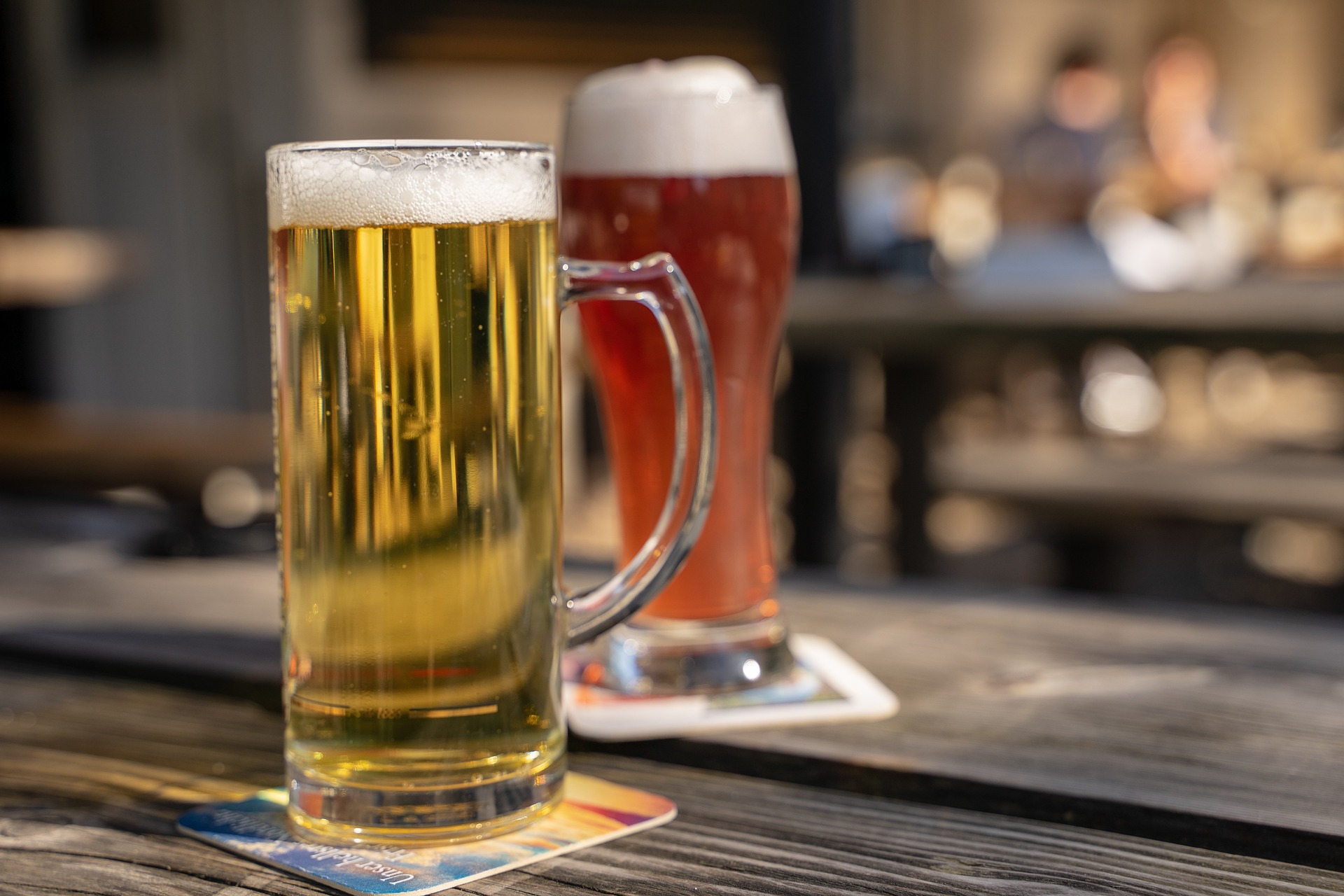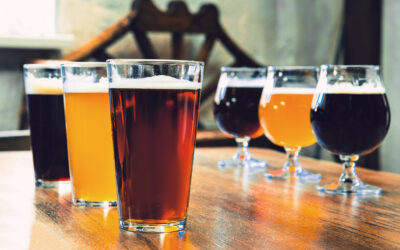The German word ‘lager’ means ‘warehouse’, or ‘store’, implying that a lagered beer has been stored for a time to mature. Sadly, to save costs, the most popular lagers, are not lagered, making them dull. Ales on the other hand, are doing just fine.
In the 18th and 19th centuries, in northern Europe, allowing a beer time to “condition” before leaving the brewery or storehouse was a routine thing. Back then, those considered the best ales would ripen in oak casks for months or years. Even today, Belgian brewers in particular, are adept at developing their bottle-conditioned ales by putting them in ‘warm chambers’ at 20 Centigrade for a few weeks.
One of the things that distinguished the early commercial lagers from the different types of ale was that they were conditioned cold. To this day, the best lagers still condition for a couple of months at between 0 and 4 Centigrade.
The discovery of how brewers’ yeast works, by the French father of microbiology Dr Louis Pasteur in the 1850s, was soon followed by the differentiation of ale yeast, or saccharomyces cerevesiae, from lager yeast, or saccharomyces pastorianus, by Danish brewing mycologist Emil Hansen, in 1883, while working at the Carlsberg Research Laboratory in Copenhagen.
Ale yeast work best at room temperature, are volatile, and can bring a wide range of flavours to the beers they ferment. Lager yeast on the other hand are neutral, allowing the beer’s natural grain character to come through unaltered. Also, while lager yeast can work at almost any temperature up to about 35 Centigrade, at much lower temperatures they are skilled at cleaning up organic by-products of brewing that have undesirable flavours. Hence long cold-conditioning, or lagering times, tend to produce much cleaner tasting beers with clearer taste profiles – provided the ingredients are good.
Most of the other flavour differences between lagers and ales are accounted for by the choice of hops, some varietals of which are better suited to particular styles of beers. Czech lagers traditionally use Saaz hops grown around Žatec, German lagers also include Hallertau, Tettnang, Spalt and others, while English ales often feature East Kent Goldings and Fuggles.
Around 90% of the beer drunk in Europe today, whether lager or ale, is made on an industrial scale by producers that ferment their beers as warm as possible, to save time. Couple this with the absence of conditioning and low hop count, and the difference in profile between ales and lagers becomes much reduced.




